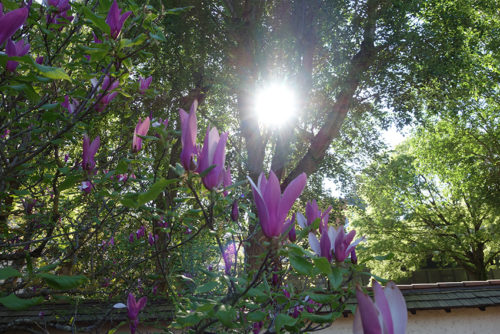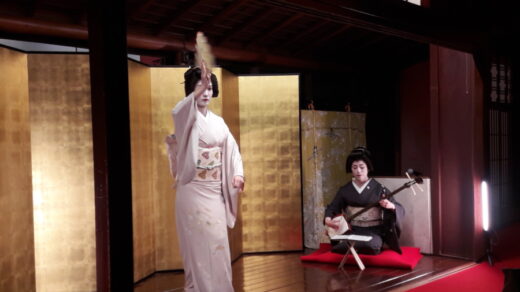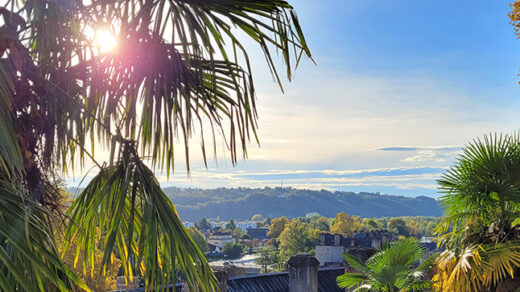In the city center of Toulouse, a 20 minutes walk from the Capitole, there is a beautiful Japanese garden. Located inside the Compans-Caffarelli park, it is not a big garden, but its charm will seduce you. Despite being pleasant during Summer, I think it really shows its beauty during Spring when the pink trees are in full bloom.
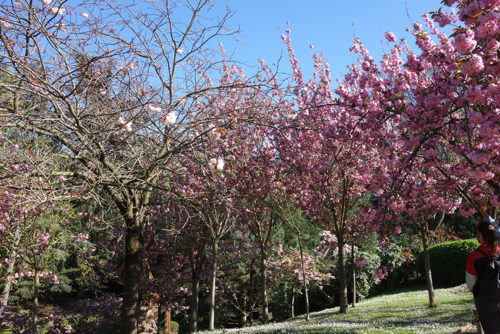
Practical info
You can reach the garden by taking the metro (Compans-Caffarelli station), by bus or by walking from the center. It is actually the station where the airport shuttle stops to pick up passengers.
In my opinion, the best time to visit it is Spring, because the trees and flowers are wonderful. During Summer, it is relaxing, but get your spray ready because mosquitoes are no joke there. I guess the pond and the numerous preys make it the ideal home for those little party poopers.
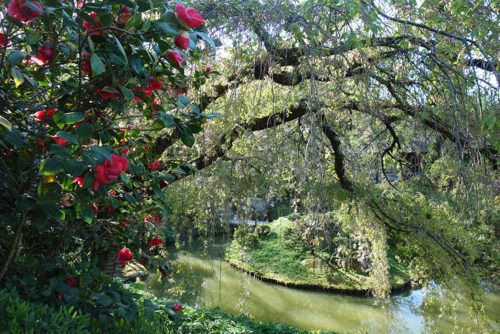
Another nice time to visit the Japanese garden and the Compans-Caffarelli park is during the Japan Touch. Indeed, for a weekend, the park hosts demonstrations of various martial arts. You can also learn some Japanese or calligraphy, get a massage, eat Japanese delicacies, listen to traditional stories, and so on.
Also, there are many little stalls where you can buy Japanese inspired art or toys. It’s not cheap, but you can also just look at it and observe the cosplayers. Even though the event takes mostly place in the park, some activities are in the garden.
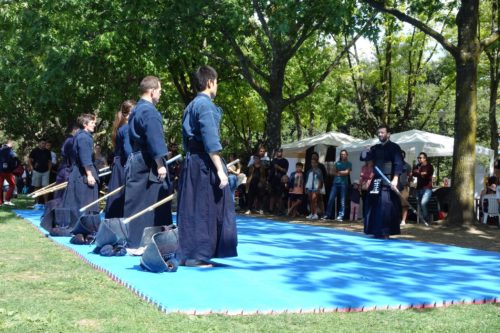
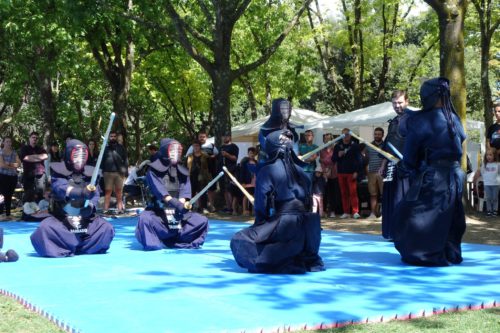
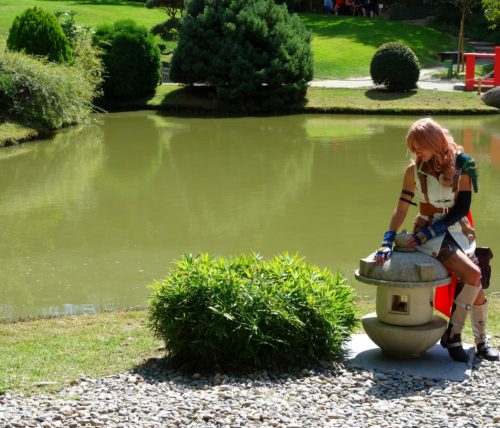
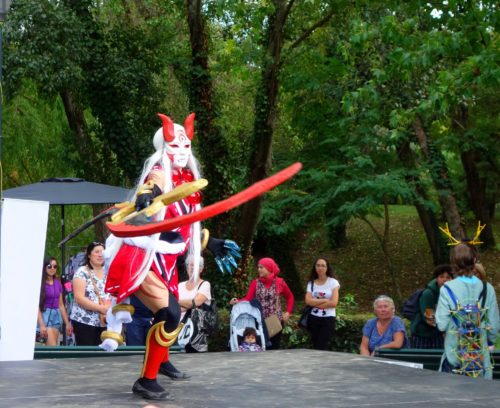
When and how was the Japanese garden created?
The Japanese garden was created in 1981, to the request of Pierre Baudis, who was the Mayor of Toulouse from 1971 to 1983. Indeed, he had loved the Japanese gardens he saw while travelling, particularly the one in Dublin. Thanks to the excellent work of the gardeners, it has evolved nicely. And in 1993, the garden received a national distinction.

Toulouse’s Japanese garden was designed to look like a mix of the gardens built in Kyoto between the 14th and the 16th century. It was imagined to offer as much intimacy as possible. Thanks to higher grounds, green trees and bushes and a small river, it is isolated from the park.
The Japanese garden is organized around the pond that plays the role of a mirror for the other elements. It follows the Tsukiyama style that includes the creation of artificial hills. It is composed of mineral and vegetable elements. Then, typical objects are added to these natural components, like a red bridge, lanterns, zen garden and a tea house.
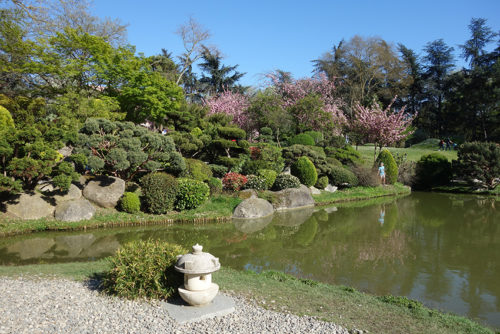
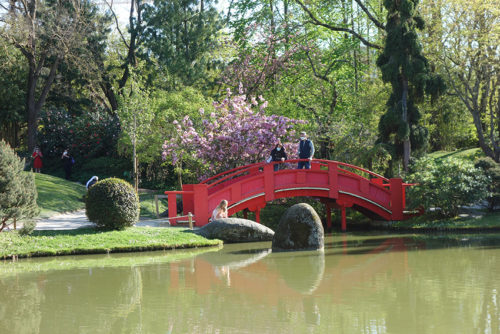
In reality, I was planning on writing an article about Bulgaria. However, two weeks ago, I went back to this Japanese garden, and it was just so beautiful that I could not not talk about it.
To see more photos of France, you can visit the gallery France.
